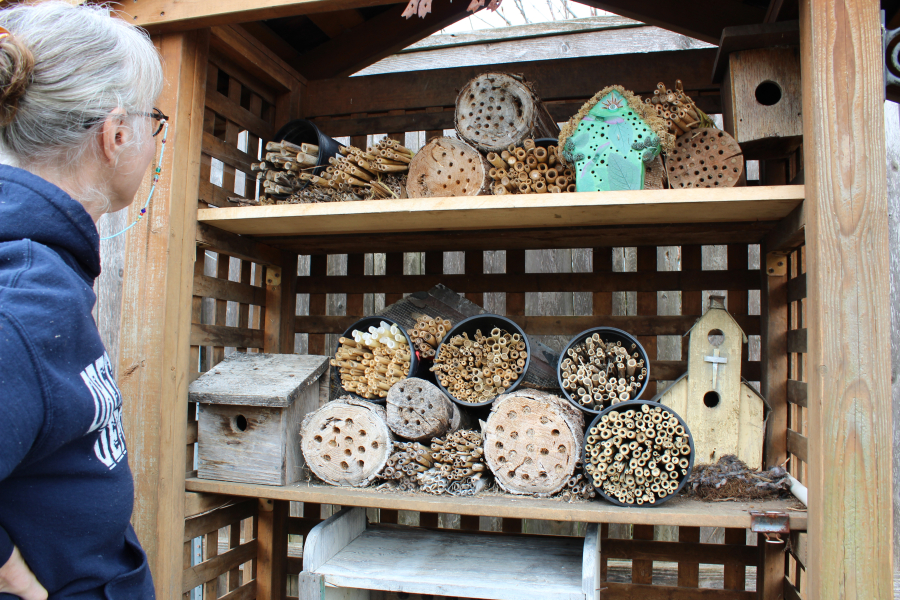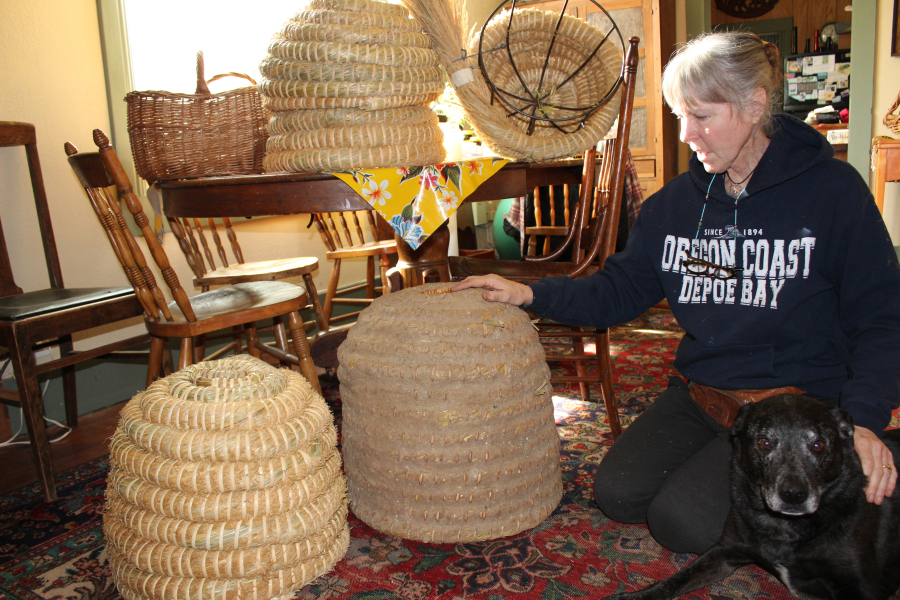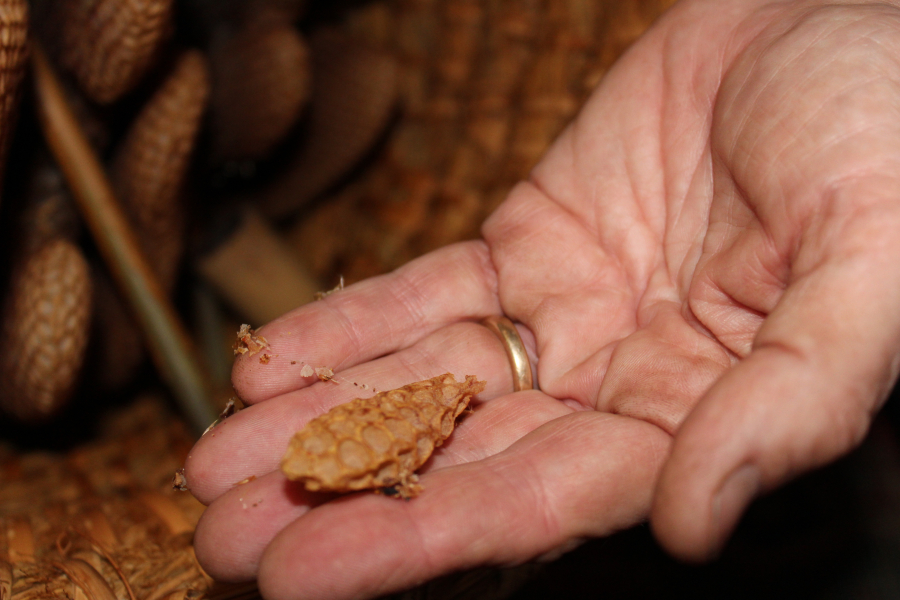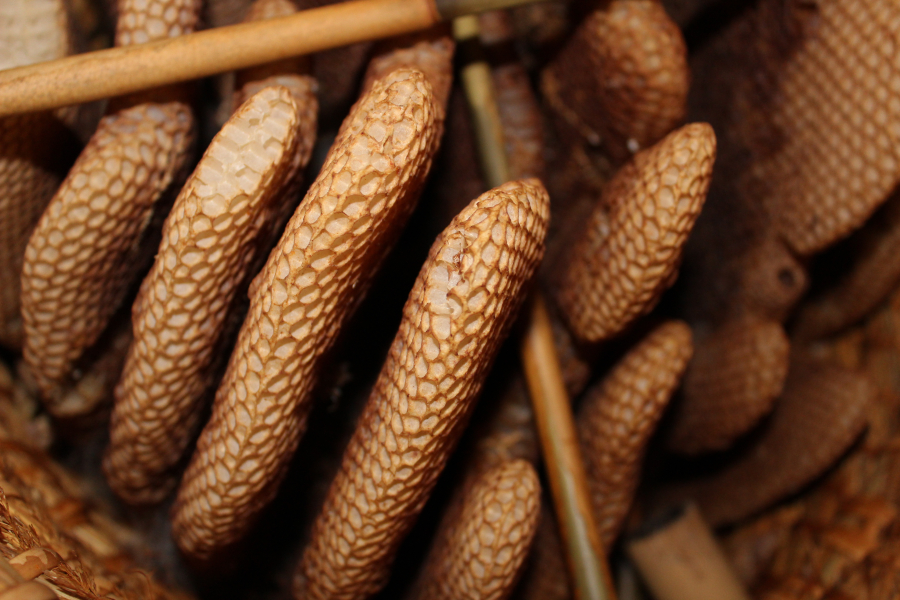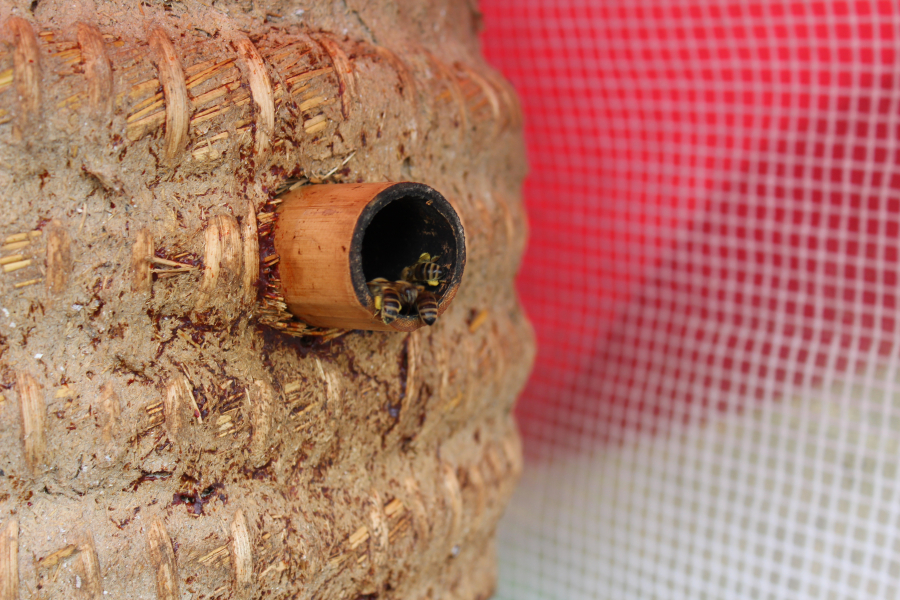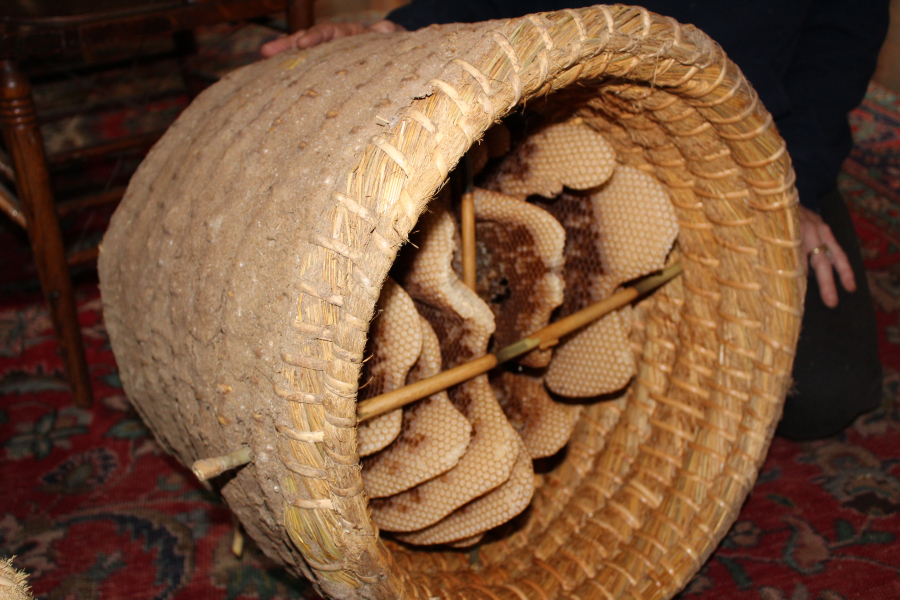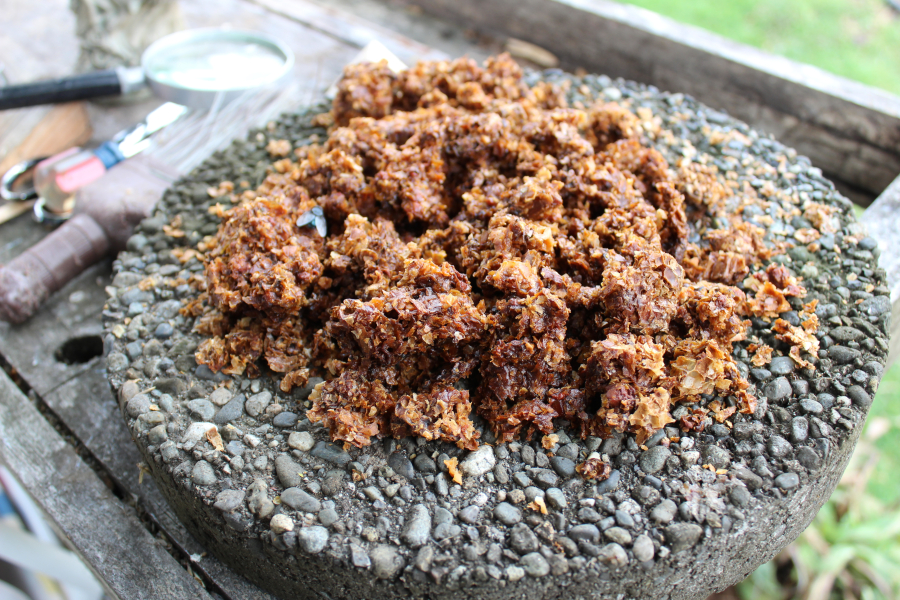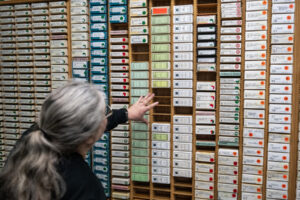Six years ago, after spending the majority of her life avoiding bees like they were the plague, Susan McElroy-Knilans found herself rooted in front of a bee hive with about 20 other people who had enrolled in a biodynamic beekeeping class.
The teacher, Michael Thiele, a researcher and biodynamic beekeeper, instructed the class to stand very, very still, and to hum.
The students, including McElroy-Knilans, pinched their lips together, vibrated their throats and lifted one long, unified “hum” into the air.
After a moment, the bees began spilling out of the hive.
“They came over us and they moved all around us, in front of our faces, and their wings were fluttering and we could smell them and we could hear the buzz,” McElroy-Knilans recalls. “We were surrounded by these bees, they were walking on our skin, and then, slowly, slowly, it got quiet and the bees swirled and they just ‘zipped’ and went back into the hive.”
When the students opened their eyes, all of them had tears falling from them.
“There was something that we could not even articulate, but it was like we had received a blessing,” McElroy-Knilans says.


